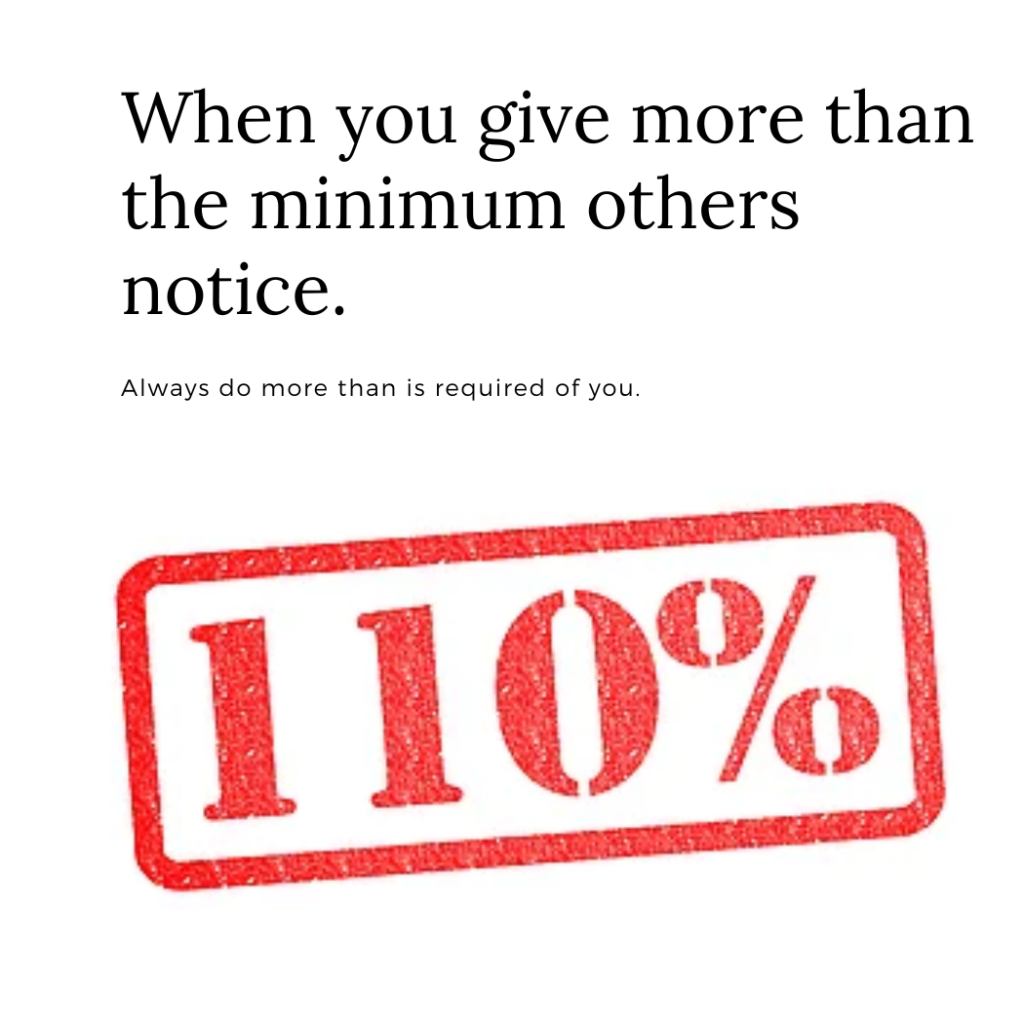How to maximize the impact of Optional essay in your MBA application

The Merriam Webster dictionary defines the word ‘optional’ as “involving an option” or “not compulsory”, which is exactly what we might think while encountering an optional essay- something we can leave out, or something that is not so serious in the grand scheme of your MBA application. However, you’d be surprised to know that that’s not the case- optional essays are much more nuanced than that and can actually contribute a lot to your overall candidature if done right. We’ll come to that, but let’s address something that we mentioned at the beginning of this blog post.
Is it really necessary to attempt the optional essay?
In plain simple terms, no. As the name suggests, it is undoubtedly an optional essay and you have the choice to opt in or opt-out of it. However, it is a great tool for including and talking about something in your application that you previously couldn’t mention in your CV, Letters of Recommendation, resume, or mandatory essays. Additionally, you can use the optional essay to your advantage in order to justify something which could potentially come across as red flags to the AdCom (eg. a year drop, any disciplinary actions which were previously taken against you, etc). That being said, you should only attempt the optional essay if you have substantial pointers which you were not able to include in the rest of your application- it’s not a very smart move to overlap information that was already covered somewhere else in your application.
What does the AdCom want to see in an Optional Essay?
As mentioned before, the AdCom will look for something that has not been mentioned in other aspects of your application. Chronologically speaking, the Optional Essay is the last part of your evaluation and the AdCom starts their evaluation from some of the more tangible aspects of your application- your essays, the application form, your Curriculum Vitae, what your Managers and Supervisors have written about you. And then they move on to the Optional Essay. The AdCom is used to the fact that 40–50% of the applicants skip the optional essay, however, for the ones that do attempt it, the Adcom expects no overlap of information from the rest of your application. So, make sure to include something that is not important enough to be included in the mandatory fields, but you still want them to know about it.
What are some commonly used themes applicants write about in Optional Essays?
Ideally, applicants should be focusing on any glitches or red flags in their records and talking about what they learned from said incident. It is also necessary to come clean rather than be defensive. Apart from that, people often request a GMAT waiver. The optional essay also gives space to explain a lesser-than-average GMAT score or talk about why you are reapplying to that school. Lastly, you can also talk about any hobbies in detail.
Some schools urge applicants to practice ‘judgment and restrain’ in their optional essays. What does that mean? How can one practice that?
The admission committee of virtually any school will univocally tell you the same- to practice judgment, otherwise also called logic and restraint. When it comes to judgment, you must have a logical explanation for filling up an essay space that is otherwise optional. You must also prioritize what you want to talk about the most. (pro tip: pick up an incident where you failed and talk about it). With restraint, you must abstain from re-emphasizing what you already mentioned in other aspects of your application.
While you might be tempted to fill up the blank optional essay space in hopes of impressing the AdCom with additional information, you must “practice restraint” and remember that sometimes, less is more.
Contact us at http://13.126.191.59/contact-us/ for help with your Optional essays or for any higher-education-related queries.